Indoor Heirloom Tomato Growing: Imagine biting into a juicy, sun-ripened heirloom tomato in the dead of winter, bursting with flavor that transports you straight to a summer garden. Sounds like a dream, right? Well, it doesn’t have to be! For centuries, gardeners have sought ways to extend the growing season, and while greenhouses have been around for ages, bringing that same magic indoors, especially with heirloom varieties, feels like unlocking a secret level of gardening.
I’m here to tell you that with a few clever DIY tricks and hacks, you can cultivate your own thriving indoor heirloom tomato garden, no matter the weather outside. Why is this so important? Because store-bought tomatoes often lack the vibrant taste and nutritional value of homegrown ones, especially the unique and diverse flavors found in heirloom varieties. Plus, let’s be honest, there’s something incredibly satisfying about nurturing a plant from seed to table, knowing exactly what went into it.
This article is your ultimate guide to mastering indoor heirloom tomato growing. We’ll explore everything from selecting the right varieties and providing optimal lighting to tackling common challenges and maximizing your harvest. Get ready to ditch those bland supermarket tomatoes and embark on a flavorful journey of indoor gardening!
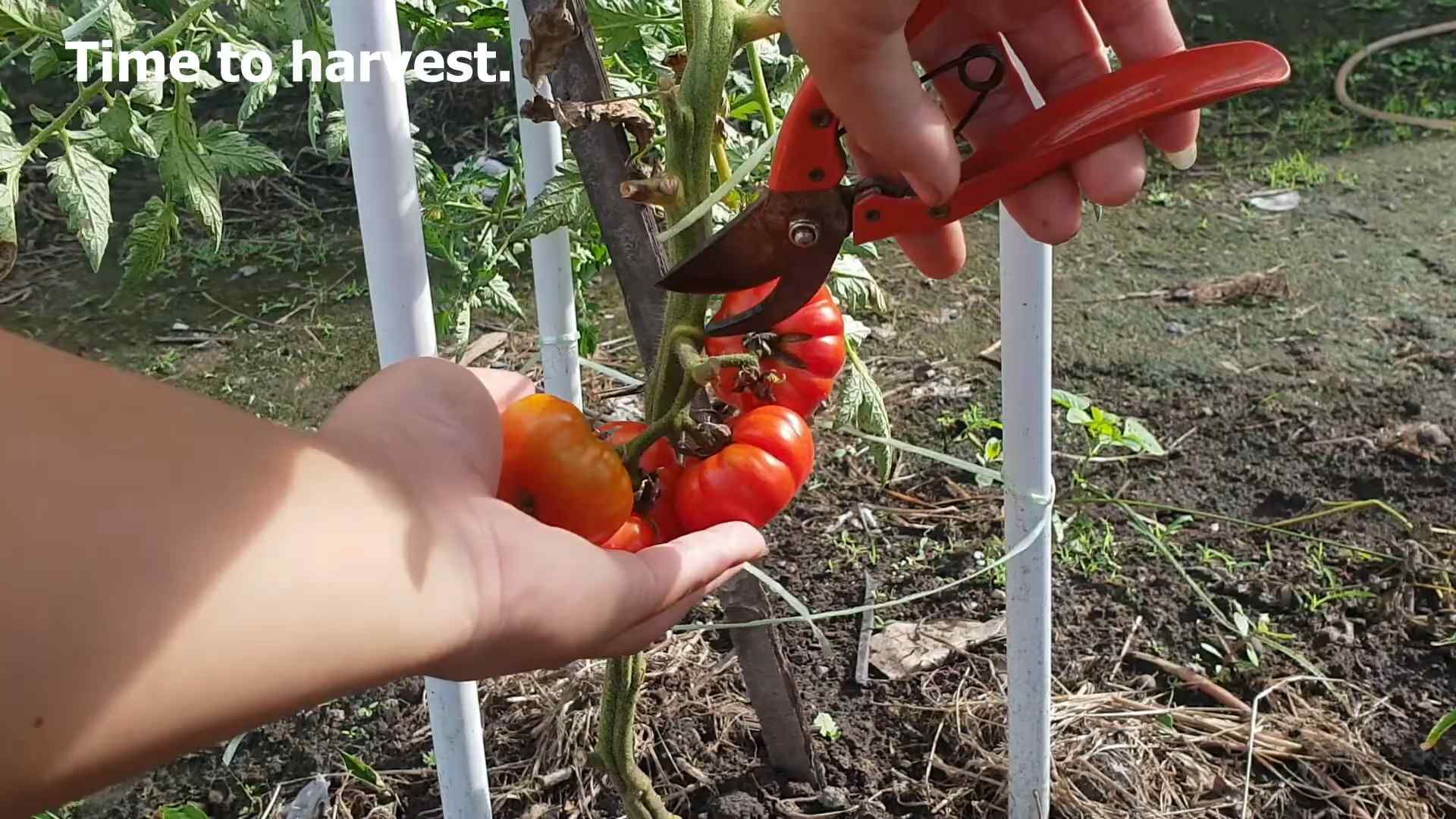
Growing Delicious Heirloom Tomatoes Indoors: A DIY Guide
Hey there, fellow gardening enthusiasts! Ever dreamt of biting into a juicy, sun-ripened heirloom tomato in the dead of winter? Well, dream no more! I’m going to walk you through the process of growing your very own heirloom tomatoes indoors. It might seem daunting, but trust me, with a little patience and the right setup, you’ll be enjoying homegrown goodness year-round.
Choosing the Right Heirloom Variety
Not all heirloom tomatoes are created equal, especially when it comes to indoor growing. Some varieties are simply too large and sprawling for a confined space. Here’s what I look for:
* Compact or Determinate Varieties: These types grow to a specific size and then stop, making them much more manageable indoors. Think Roma, Celebrity, or Patio tomatoes. While technically hybrids, they offer a similar growth habit to some smaller heirlooms.
* Early Maturing Varieties: Since indoor growing conditions might not be as ideal as outdoors, choosing varieties that mature quickly will increase your chances of a successful harvest. Look for varieties that mature in 60-70 days.
* Disease Resistance: Indoor plants can be susceptible to diseases due to lack of airflow. Choosing disease-resistant varieties will save you a lot of headaches down the road. Look for varieties labeled with resistance to common tomato diseases like Verticillium wilt (V), Fusarium wilt (F), and Tomato Mosaic Virus (ToMV).
* My Personal Favorites: I’ve had great success with ‘Black Cherry’ (a small, flavorful heirloom), ‘Tiny Tim’ (super compact!), and ‘Red Robin’ (another dwarf variety perfect for containers).
Setting Up Your Indoor Tomato Garden
Okay, now that we’ve chosen our varieties, let’s get our indoor garden ready! This is where the magic happens.
* Grow Lights: This is non-negotiable. Tomatoes need a LOT of light, and a sunny windowsill just won’t cut it. I recommend LED grow lights, as they’re energy-efficient and provide the full spectrum of light that tomatoes need.
* Types of Grow Lights: You can choose from T5 fluorescent grow lights, LED panels, or even specialized LED grow bulbs. LED panels are my go-to because they provide even coverage and don’t get too hot.
* Light Intensity: Aim for at least 8-10 hours of direct light per day. You can use a timer to automate the process.
* Distance: Keep the lights about 6-12 inches above the plants, adjusting as they grow.
* Containers: Choose containers that are at least 5 gallons in size. Tomatoes need plenty of room for their roots to grow.
* Material: Plastic or fabric pots are both good options. Fabric pots offer better drainage and aeration, which can help prevent root rot.
* Drainage: Make sure your containers have drainage holes! This is crucial for preventing waterlogged soil.
* Potting Mix: Don’t use garden soil! It’s too heavy and doesn’t drain well. Use a high-quality potting mix specifically formulated for vegetables.
* Ingredients: Look for a mix that contains peat moss, perlite, and vermiculite. These ingredients provide good drainage and aeration.
* pH Level: Tomatoes prefer a slightly acidic pH of around 6.0-6.8.
* Support System: As your tomato plants grow, they’ll need support to prevent them from toppling over.
* Options: You can use tomato cages, stakes, or even a trellis. I prefer tomato cages because they provide all-around support.
* Location: Choose a location that’s relatively warm and free from drafts. Tomatoes thrive in temperatures between 65-85°F (18-29°C).
Step-by-Step Planting and Growing Guide
Alright, let’s get our hands dirty! Here’s the step-by-step guide to planting and growing your heirloom tomatoes indoors:
1. Starting Seeds (Optional): You can either start your tomatoes from seed or purchase seedlings from a nursery. Starting from seed gives you more control over the process and allows you to choose from a wider variety of heirloom tomatoes.
* Seed Starting Mix: Use a seed starting mix, which is finer and more sterile than potting mix.
* Planting Depth: Sow seeds about 1/4 inch deep.
* Warmth: Keep the seeds warm (around 70-75°F) until they germinate. You can use a heat mat to speed up the process.
* Light: Once the seedlings emerge, provide them with plenty of light.
* Transplanting: Once the seedlings have developed a few sets of true leaves, you can transplant them into larger containers.
2. Planting Seedlings: If you’re using seedlings, gently remove them from their containers and loosen the roots.
* Planting Depth: Plant the seedlings deep, burying the stem up to the first set of leaves. This will encourage the plant to develop more roots.
* Watering: Water the seedlings thoroughly after planting.
3. Watering: Tomatoes need consistent watering, but don’t overwater them!
* Frequency: Water when the top inch of soil feels dry to the touch.
* Method: Water at the base of the plant, avoiding getting the leaves wet. This will help prevent fungal diseases.
4. Fertilizing: Tomatoes are heavy feeders, so you’ll need to fertilize them regularly.
* Type of Fertilizer: Use a balanced fertilizer specifically formulated for tomatoes.
* Frequency: Fertilize every 2-3 weeks, following the instructions on the fertilizer label.
5. Pruning: Pruning is essential for indoor tomato plants, as it helps to improve airflow and prevent disease.
* Suckers: Remove the suckers that grow between the main stem and the branches. These suckers will steal energy from the plant and reduce fruit production.
* Lower Leaves: Remove any yellowing or diseased leaves.
6. Pollination: Since there are no bees or other pollinators indoors, you’ll need to hand-pollinate your tomato plants.
* Method: Gently shake the plant or use a small paintbrush to transfer pollen from one flower to another.
* Timing: Pollinate the flowers in the morning, when the pollen is most viable.
7. Harvesting: Your tomatoes are ready to harvest when they’re fully colored and slightly soft to the touch.
* Gently Twist: Gently twist the tomato off the vine.
* Enjoy! Savor the taste of your homegrown heirloom tomatoes!
Troubleshooting Common Problems
Even with the best care, you might encounter some problems along the way. Here are some common issues and how to address them:
* Yellowing Leaves: This could be a sign of overwatering, underwatering, nutrient deficiency, or disease. Check the soil moisture, fertilize the plant, and inspect the leaves for signs of disease.
* Blossom End Rot: This is caused by a calcium deficiency. Make sure your potting mix contains calcium, and water consistently. You can also add calcium to the soil.
* Pests: Indoor tomato plants can be susceptible to pests like aphids, whiteflies, and spider mites. Inspect your plants regularly and treat any infestations promptly. You can use insecticidal soap or neem oil to control pests.
* Fungal Diseases: Fungal diseases like powdery mildew and early blight can be a problem in humid environments. Improve airflow by pruning the plants and using a fan. You can also use a fungicide to control fungal diseases.
Extra Tips for Success
Here are a few extra tips to help you succeed with your indoor heirloom tomato garden:
* Rotate Your Crops: Don’t grow tomatoes in the same container year after year. This can deplete the soil of nutrients and increase the risk of disease.
* Clean Your Containers: Before planting, clean your containers with a solution of bleach and water to kill any pathogens.
* Monitor Your Plants: Check your plants regularly for signs of problems. The sooner you catch a problem, the easier it will be to fix.
* Don’t Give Up! Growing tomatoes indoors can be challenging, but it’s also incredibly rewarding. Don’t be discouraged if you encounter some setbacks. Just keep learning and experimenting, and you’ll eventually get the hang of it.
Growing heirloom tomatoes indoors is a fun and rewarding project that can provide you with fresh, delicious tomatoes year-round. With a little planning and effort, you can enjoy the taste of summer even in the dead of winter. Happy gardening!
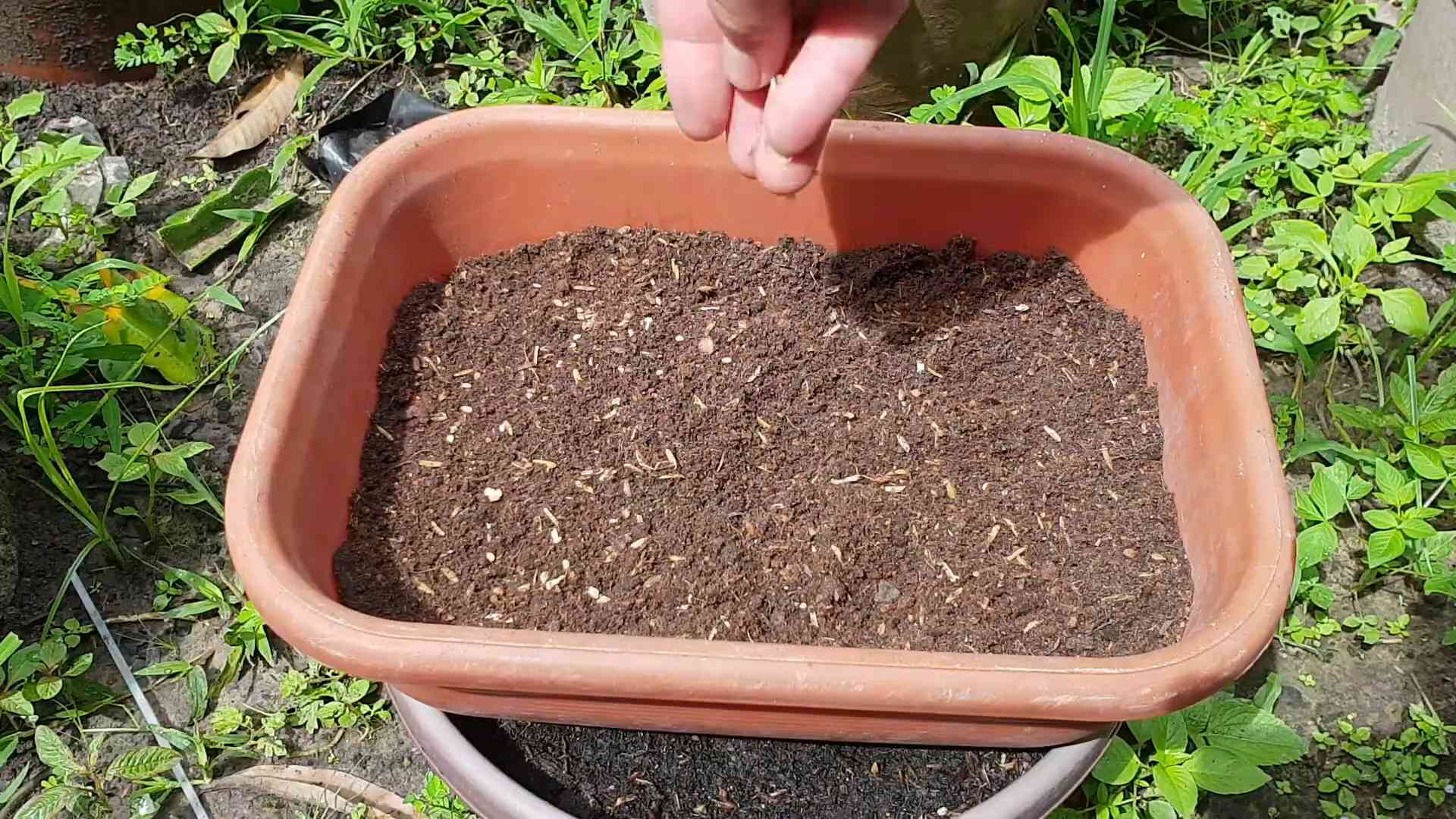
Conclusion
So, there you have it! Bringing the vibrant taste of summer indoors with your own homegrown heirloom tomatoes is not just a possibility, it’s a delicious reality waiting to happen. This DIY indoor heirloom tomato growing trick isn’t just about saving money (though that’s a definite perk!), it’s about connecting with your food, experiencing the joy of nurturing life, and enjoying the unparalleled flavor of vine-ripened tomatoes, even when the snow is falling outside.
Why is this a must-try? Because store-bought tomatoes, even the “heirloom” varieties, often lack the intense flavor and satisfying texture of those grown with love and care in your own home. You control the environment, the nutrients, and the harvesting, ensuring a superior product every time. Plus, imagine the bragging rights when you serve a Caprese salad made with tomatoes you grew yourself in January!
But the beauty of this DIY approach lies in its adaptability. Feel free to experiment with different heirloom varieties. ‘Brandywine’ is a classic choice known for its rich flavor, while ‘Cherokee Purple’ offers a unique smoky sweetness. Consider adding companion plants like basil or marigolds to your indoor garden to deter pests and enhance the flavor of your tomatoes. You can also adjust the lighting schedule slightly to see if it impacts fruit production. Some growers find that a slightly longer “day” (16 hours of light) encourages more blossoms.
Don’t be afraid to tweak the soil mix to suit your specific heirloom variety. Some prefer a slightly more acidic soil, while others thrive in a more neutral environment. Research your chosen variety and adjust accordingly. And remember, patience is key! Growing tomatoes indoors takes time and dedication, but the reward is well worth the effort.
We’re confident that this DIY indoor heirloom tomato growing trick will transform your winter meals and bring a touch of sunshine into your home. So, gather your supplies, choose your favorite heirloom varieties, and get ready to embark on a rewarding gardening adventure.
We can’t wait to hear about your experiences! Share your photos, tips, and challenges in the comments below. Let’s create a community of indoor heirloom tomato enthusiasts and learn from each other. Happy growing!
Frequently Asked Questions (FAQ)
What are the best heirloom tomato varieties to grow indoors?
Choosing the right variety is crucial for success. Smaller, determinate varieties tend to perform better indoors as they require less space and are more manageable. Some excellent choices include:
* **’Roma’:** A classic paste tomato, perfect for sauces and canning. It’s relatively compact and produces a good yield.
* **’San Marzano’:** Another excellent paste tomato with a rich, sweet flavor. It’s slightly larger than ‘Roma’ but still manageable indoors.
* **’Black Cherry’:** A delicious cherry tomato with a complex, slightly smoky flavor. It’s prolific and relatively easy to grow.
* **’Yellow Pear’:** A charming and sweet yellow cherry tomato. It adds a splash of color to your indoor garden and salads.
* **’Tiny Tim’:** A dwarf variety specifically bred for container gardening. It’s perfect for small spaces and produces a good crop of small, sweet tomatoes.
Remember to research the specific needs of each variety to ensure optimal growth.
How much light do indoor heirloom tomatoes need?
Adequate light is essential for healthy growth and fruit production. Heirloom tomatoes need at least 6-8 hours of direct sunlight per day. If you don’t have a sunny window, you’ll need to supplement with grow lights. LED grow lights are a great option as they are energy-efficient and provide the full spectrum of light that plants need. Position the lights a few inches above the plants and adjust as they grow. A timer can automate the lighting schedule, ensuring consistent light exposure.
What type of soil is best for indoor heirloom tomatoes?
A well-draining potting mix is crucial to prevent root rot. Avoid using garden soil, as it can be too heavy and compact. A good potting mix should contain a blend of peat moss, perlite, and vermiculite. You can also add compost to provide extra nutrients. Consider using a potting mix specifically formulated for tomatoes, as it will contain the right balance of nutrients for optimal growth. Ensure the pot has drainage holes to allow excess water to escape.
How often should I water my indoor heirloom tomatoes?
Watering frequency depends on several factors, including the size of the pot, the type of soil, and the temperature and humidity of your home. Generally, you should water your tomatoes when the top inch of soil feels dry to the touch. Water deeply, until water drains out of the drainage holes. Avoid overwatering, as this can lead to root rot. Check the soil moisture regularly and adjust your watering schedule accordingly.
How do I pollinate my indoor heirloom tomatoes?
Tomatoes are self-pollinating, but they often need a little help indoors, where there are no bees or wind to assist. You can hand-pollinate your tomatoes by gently shaking the plant or using a small brush to transfer pollen from one flower to another. Do this in the morning, when the pollen is most viable. You can also use a small fan to circulate air around the plants, which can help with pollination.
What are some common pests and diseases that affect indoor heirloom tomatoes?
Common pests include aphids, whiteflies, and spider mites. You can control these pests by spraying the plants with insecticidal soap or neem oil. Diseases include fungal infections like early blight and late blight. Prevent these diseases by providing good air circulation, avoiding overwatering, and removing any infected leaves. You can also use a fungicide if necessary. Regularly inspect your plants for signs of pests or diseases and take action promptly.
How do I fertilize my indoor heirloom tomatoes?
Tomatoes are heavy feeders and need regular fertilization to thrive. Use a fertilizer specifically formulated for tomatoes, following the instructions on the label. Start fertilizing when the plants begin to flower and continue throughout the growing season. You can use a liquid fertilizer or a slow-release granular fertilizer. Avoid over-fertilizing, as this can lead to excessive foliage growth and reduced fruit production.
How long does it take to grow heirloom tomatoes indoors?
The time it takes to grow heirloom tomatoes indoors depends on the variety, the growing conditions, and your level of care. Generally, it takes about 60-80 days from transplanting to harvest. Be patient and provide your plants with the best possible care, and you’ll be rewarded with delicious, homegrown tomatoes.
Can I grow heirloom tomatoes indoors year-round?
Yes, with the right conditions, you can grow heirloom tomatoes indoors year-round. You’ll need to provide adequate light, warmth, and humidity. You may also need to adjust your watering and fertilizing schedule depending on the season.
What if my heirloom tomato plant is growing tall but not producing fruit?
This could be due to several factors. Insufficient light is a common culprit. Ensure your plant is receiving at least 6-8 hours of direct sunlight or is supplemented with strong grow lights. Over-fertilizing with nitrogen can also promote foliage growth at the expense of fruit production. Try switching to a fertilizer with a higher phosphorus and potassium content. Also, ensure you are properly pollinating the flowers. Hand-pollination is often necessary indoors. Finally, check the temperature. Tomatoes prefer daytime temperatures between 70-80°F and nighttime temperatures between 60-70°F.

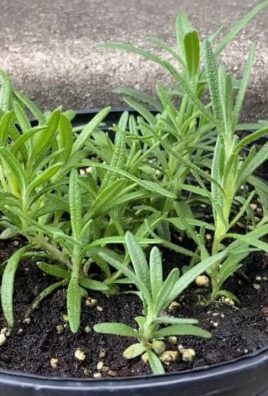
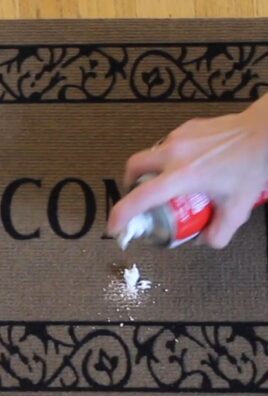
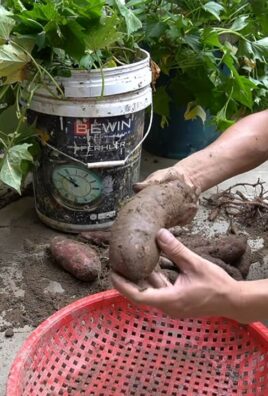
Leave a Comment